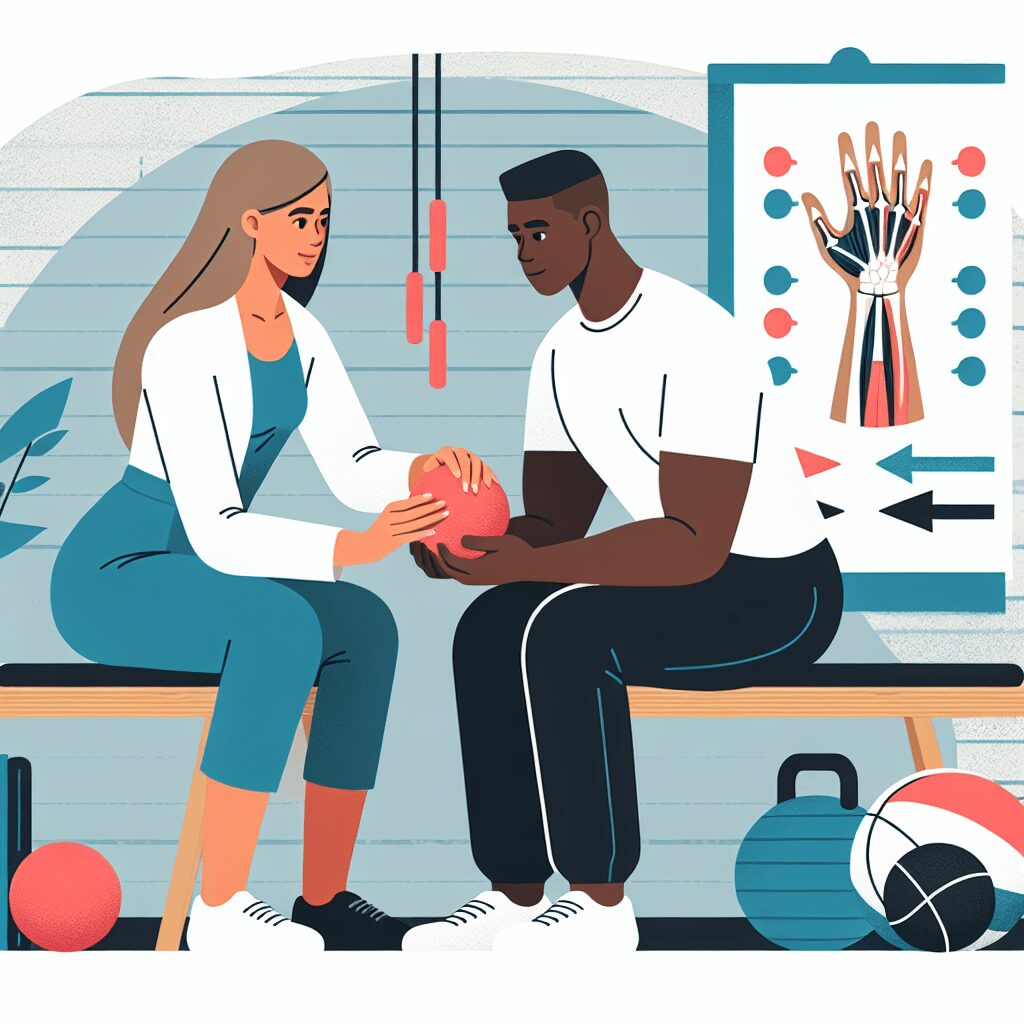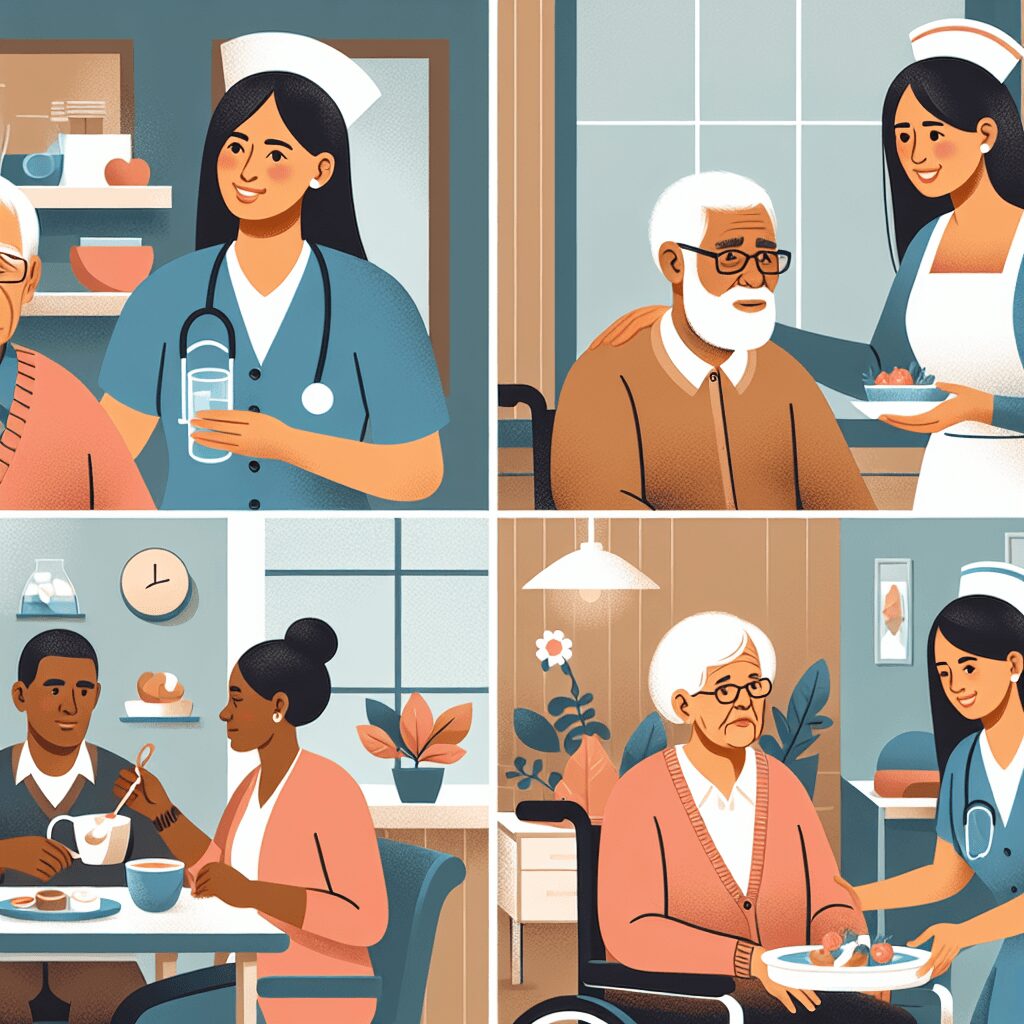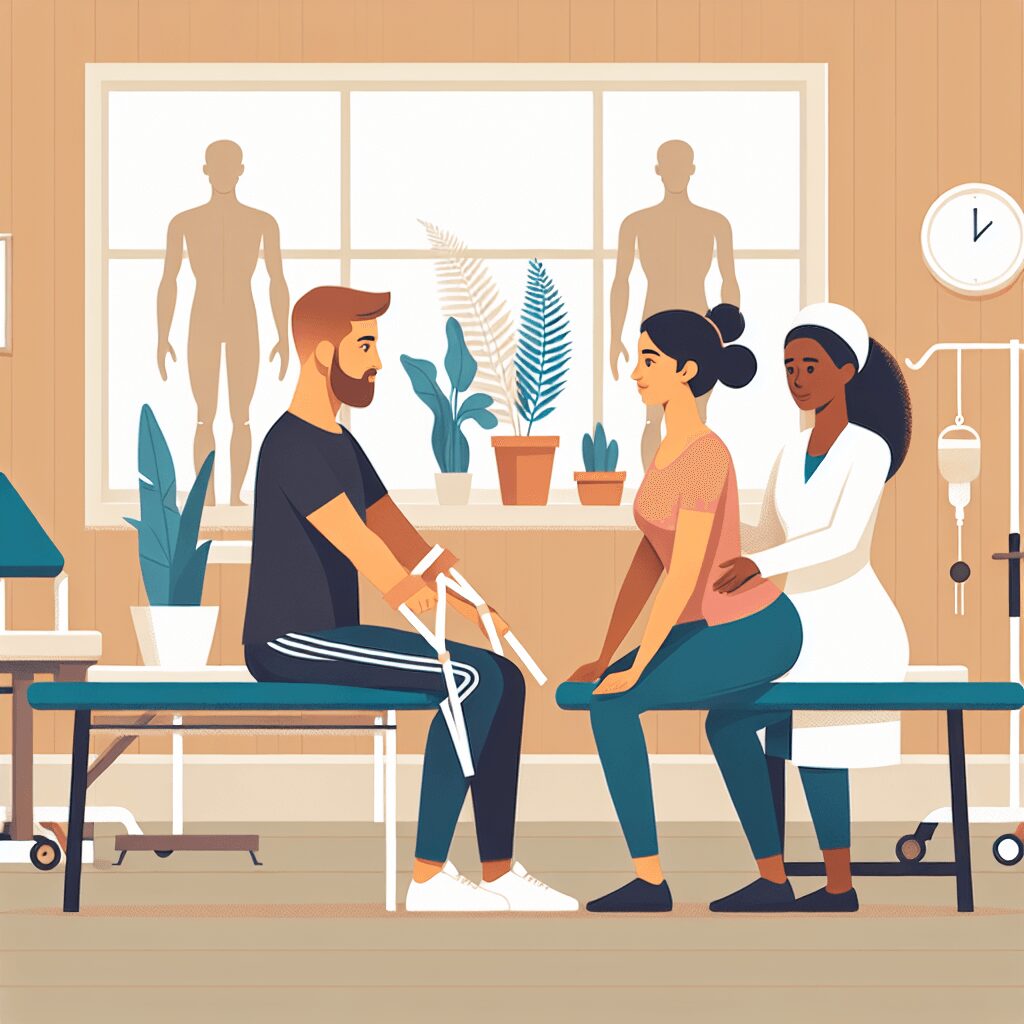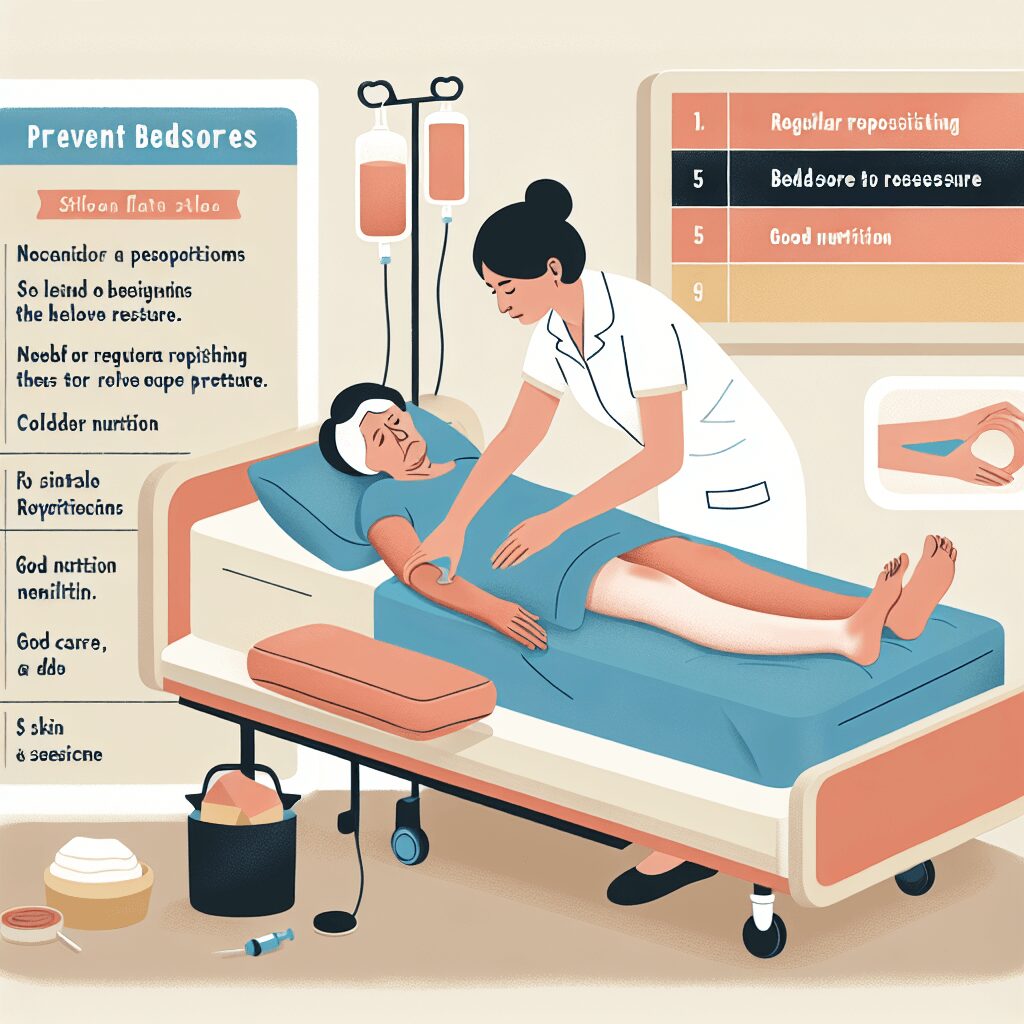Do you want to know more about hand therapy in occupational therapy? Imagine having a helpful guide during your recovery journey. Hand therapy focuses on assessing and treating injuries of the upper extremity. Therapeutic interventions are used to help individuals regain their highest level of function.
Let’s learn about hand therapy and the important role it plays in helping people confidently return to their daily routines with strength.
What is Occupational Therapy?
The primary goal of occupational therapy is to provide therapeutic intervention to prevent dysfunction, restore function, and reverse the progression of pathology in the upper limb, allowing individuals to execute tasks and fully participate in life situations.
Occupational therapists, also known as hand therapists, evaluate and treat a variety of conditions and injuries affecting the upper extremities, such as ligament lacerations, tendinopathies, nerve disorders, fractures, dislocations, sports-related syndromes, autoimmune disorders, neurological conditions, diabetes, focal dystonia, congenital anomalies, and psychogenic disorders. By utilizing specialized skills in kinesiology and pathology of the upper quadrant, occupational therapists play a crucial role in postoperative rehabilitation, preventative care, and industrial ergonomic consultation to ensure optimal patient outcomes.
Additionally, some therapists may hold advanced certification as Certified Hand Therapists, demonstrating their expertise in upper extremity rehabilitation.
Role of Occupational Therapists in Hand Therapy
Certified Hand Therapists (CHT)
Certified Hand Therapists (CHT) use various specialized techniques and tools in their practice. These include activity/exercise programs, custom orthotic fabrication, pain management, wound and scar care, and joint protection strategies.
To stay current on the latest advancements in hand therapy, Certified Hand Therapists (CHT) engage in advanced continuing education. They also participate in clinical experience and integrate anatomy, physiology, and kinesiology knowledge.
By actively seeking continued education, Certified Hand Therapists (CHT) ensure they are providing the most effective and evidence-based treatments for their patients.
Patient Profiles for Hand Therapy
Hand therapy can benefit patients with hand or upper extremity conditions, including arthritis, ligament tears, nerve disorders, fractures, and more.
Therapists collaborate closely with patients to set treatment goals and expectations. The aim is to restore function and improve their quality of life.
These conditions can affect daily activities by causing pain, limited motion, and task difficulty.
Hand therapists use specialized skills to assist with postoperative rehab, conservative treatments, and preventive care. This helps to address issues and support the patient’s recovery.
Benefits of Hand Therapy
Improving Function and Mobility
Occupational therapy helps improve upper limb function through specialized skills and therapeutic intervention in the context of hand therapy.
Certified hand therapists with advanced certification and at least three years of clinical experience play a key role in enhancing coordination and dexterity for patients with upper extremity disorders.
Hand therapy covers postoperative rehabilitation and conservative treatment, aiding patients in returning to work after hand injuries or conditions like arthritis or fractures.
Through personalized treatment plans, hand therapists assist patients in reaching their goal of better function and mobility, leading to a quicker recovery and a more productive life.
Enhancing Coordination and Dexterity
Hand therapy can enhance coordination and dexterity. Therapists focus on improving motion, dexterity, and strength to boost overall function.
Specializing in upper extremity treatment, hand therapists create tailored activity and exercise programs. These may include hand and finger exercises, strengthening using tools like putty, grippers, and TheraBands, scar treatment techniques like friction and taping, and edema control methods like compression garments and retrograde massage.
By applying specialized skills, therapists aim to reduce pain, enhance mobility, and support the return to daily activities for patients with various conditions. Certified Hand Therapists (CHTs) with advanced certification and ongoing education provide comprehensive care for individuals seeking rehabilitation for upper extremity conditions.
Facilitating Return to Work
Individuals undergoing hand therapy can have a smooth return to work by following these strategies:
-
Collaboration between hand therapists, employers, and healthcare providers is essential for successful outcomes.
-
Hand therapy interventions aim to help individuals regain functional abilities for a safe return to work.
-
Postoperative rehabilitation, non-operative treatment, and preventive care are provided.
-
Hand therapists specialize in treating upper extremity disorders like ligament lacerations, tendinopathies, nerve disorders, fractures, and more.
-
Certified Hand Therapists with advanced certification and experience play a crucial role in the rehabilitation process.
-
They ensure patients receive the highest standard of care to achieve their goals and successfully reintegrate into the workforce.
Finding a Hand Therapist Near You
When looking for a hand therapist, it’s important to consider your location and the type of hand therapy services you need. Certified hand therapists specialize in upper extremity disorders and provide postoperative rehabilitation and conservative treatment for conditions like arthritis, ligament lacerations, tendinopathies, and fractures.
There are home health agencies that specialize in providing expert care to patients who require occupational therapy. These agencies offer the services of certified occupational therapy experts who can assist patients in their homes, allowing them to recover from surgery or manage chronic conditions such as autoimmune disorders, neurological conditions, or diabetes with comfort and convenience. The aim of these agencies is to provide compassionate and personalized care to patients while helping them regain their independence and improve their quality of life.
Hand therapists are essential in providing therapeutic intervention to help patients reach their rehabilitation goals and regain function in their upper limbs. They create personalized treatment plans to meet each patient’s specific needs.
FAQ
What is occupational therapy in hand therapy?
Occupational therapy in hand therapy focuses on rehabilitating hand injuries through exercises, splinting, and adaptive techniques to improve function. Examples include teaching patients how to grip objects or use specialized tools for daily activities properly.
How can occupational therapy help with hand injuries?
Occupational therapy can help with hand injuries by providing exercises to improve strength and range of motion, teaching proper techniques for daily activities, and recommending adaptive equipment. For example, therapy can include exercises to strengthen grip after a fracture.
What types of treatments are used in hand therapy?
Common treatments in hand therapy include therapeutic exercises, splinting, manual therapy techniques, and modalities like heat and cold therapy. Examples include tendon gliding exercises, custom splints for wrist injuries, soft tissue mobilization for scar tissue, and ultrasound therapy for inflammation.
What conditions can be treated with occupational therapy in hand therapy?
Occupational therapy in hand therapy can treat conditions such as tendon injuries, carpal tunnel syndrome, arthritis, and fractures.
Looking for the best occupational therapist to treat your unique needs? Look no further than ABET Life. Contact us today to start focusing on your well-being and achieving your goals.








